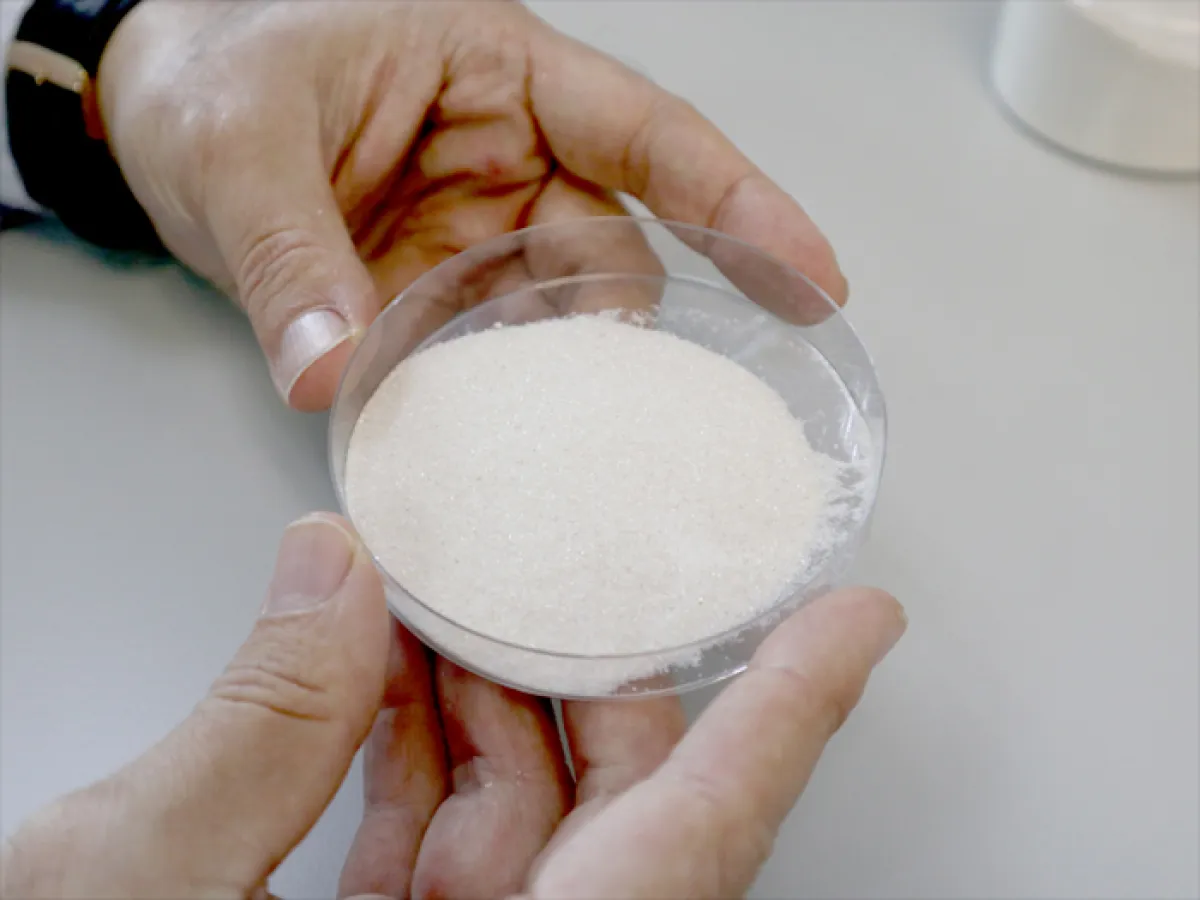
"Shell waste" often results from the jewelry and food industries and its disposal is energy-intensive. However, 95% of these shells contain calcium carbonate, a valuable substance that can be utilized across various industries. Consequently, researchers at the National Nanotechnology Center (Nanotec) and the National Science and Technology Development Agency (NSTDA) have developed a low-energy, waste-free process to transform "pearl shells," a waste product of the jewelry industry, into a valuable resource for the cosmetics industry. This innovative project was funded by the National Research Council of Thailand (NRCT).
The initial development of this process emerged from a study of light phenomenon in pearl shells, leading to the discovery of a process to extract organic matter, namely bio-calcium carbonate (Bio-CaCO3), from the shells. The process uses low heat energy without disrupting the integrity of the structure. The resulting bio-calcium carbonate is in the form of "aragonite," which has a hexagonal structure measuring 5 - 10 microns in size and 200 - 500 nanometers in thickness.
The chemical properties of this bio-calcium carbonate are similar to general calcium carbonate derived from limestone, but its structure is spherical and smaller in size.
The discovery led to continued research aiming to develop an energy-efficient production process that can be scaled up to industrial levels. At the same time, research has been carried out to create a specific market for bio-calcium carbonate with an aragonite structure.
It was found that bio-calcium carbonate extracted from pearl shells can be beneficially used in various industries, particularly in the cosmetics industry. Additionally, the use of pearl shells contributes to a positive image of the products. For example, it can replace microplastics in skin exfoliating products, or be transformed into hydroxyapatite for toothpaste to enhance coating and repairing effectiveness. The aragonite-structured substance has a suitable shape and size for these applications, without the need for transformation into nanoparticles like typical substances. Moreover, this substance has been tested according to industry standards and has been proven suitable for use in cosmetic products.
Researchers are further applying this same technology to increase the value of other shell waste from the seafood industry, such as clam, oyster, and scallop shells.
The clam, of which Thailand is a major global producer and exporter, results in thousands of tons of clam shell waste each year from the seafood industry. These shells must be disposed of through landfilling, as they cannot be incinerated. The transportation of these shells for disposal incurs high costs, leading to a significant quantity of clam shells being discarded in public areas. This creates environmental and health issues due to the foul odor and pollution.
In fiscal year 2022, the National Research Council of Thailand (NRCT) funded a research project titled "A Prototype for High-Value Products from Clam Shell Waste". This project aims to develop methods for transforming clam shell waste into innovative products, utilizing the unique characteristics and properties of calcium carbonate derived from clam shells. These transformed materials could then be used in various industries such as agriculture, jewelry, decoration, and cosmetics. This aligns with the Zero Waste mechanism that promotes environmental preservation and the transformation of waste into high-value products. This system aligns with the drive for Thailand's Bio-Circular-Green (BCG) economy policy.
Source: National Science and Technology Development Agency (NSTDA)
Tel. +66 2564 7000
For more information1
For more information2